A new CRISPR-based map ties every human gene to its function using a tool called Perturb-seq. The work was led by Jonathan Weissman and colleagues at MIT and the Whitehead Institute, and is free for other scientists to use.
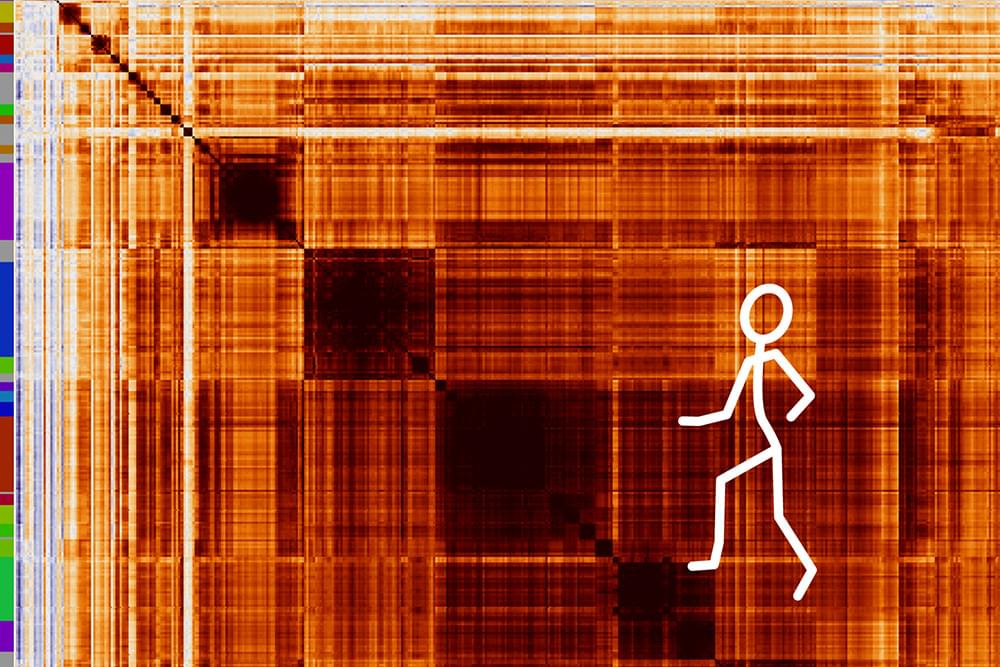

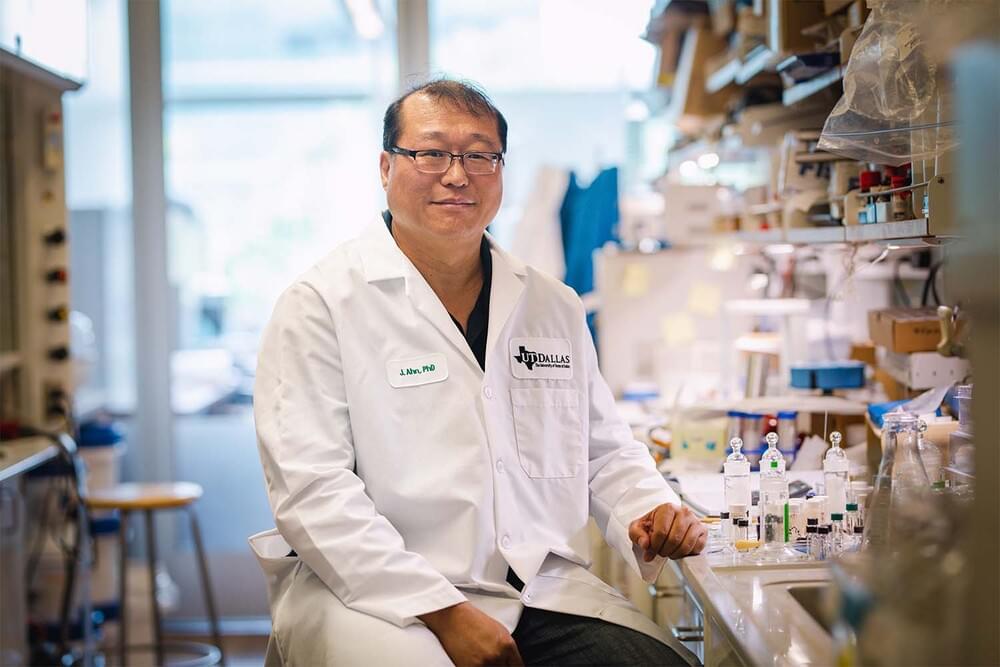
A new molecule synthesized by a University of Texas at Dallas researcher kills a broad spectrum of hard-to-treat cancers, including triple-negative breast cancer, by exploiting a weakness in cells not previously targeted by other drugs.
A study describing the research — which was carried out in isolated cells, in human cancer tissue and in human cancers grown in mice — was published online June 2 in the journal Nature Cancer.
Dr. Jung-Mo Ahn, a co-corresponding author of the study and a UT Dallas associate professor of chemistry and biochemistry in the School of Natural Sciences and Mathematics, has been passionate about his work designing small molecules that target protein-protein interactions in cells for over a decade. Using an approach called structure-based rational drug design, he previously developed potential therapeutic candidate compounds for treatment-resistant breast cancer and for prostate cancer.
Liz mentions combinatorial gene therapy for aging near the end which is something you hear the likes of George Church mention they are working on.
Liz Parrish is the founder of @BioViva Science, a company dedicated to curing biological aging, a disease that is at the root cause of all other chronic diseases from heart disease to Alzheimer’s. Watch this video to understand how much more control we have over our lifespan and health!
💻Connect with BioViva here:
Website: https://bioviva-science.com/
YouTube channel: https://www.youtube.com/channel/UCaBq8hEExcUN6mtKMEuBvMQ
Instagram: https://www.instagram.com/biovivasciences/
Twitter: https://twitter.com/BioVivaScience.
Facebook: https://www.facebook.com/BiovivaSciences/
💻Connect with Liz Parrish here:
Instagram: https://www.instagram.com/lizlparrish/
Twitter: https://twitter.com/parrishliz?lang=en.
☕EAT MEAT. LIFT. REPEAT. mug merch: https://bit.ly/3GuFUXx.
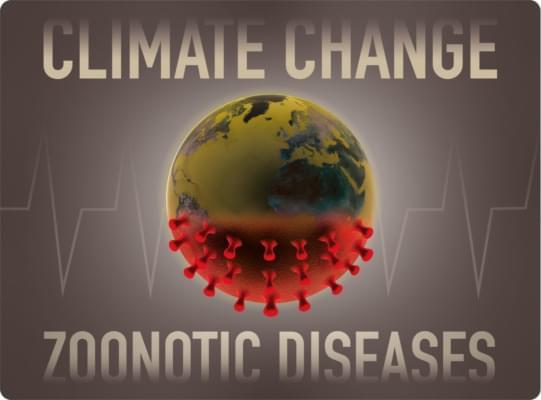

The reluctance of many in the medical field to classify aging as a disease is causing significant roadblocks for those trying to find a solution.
Many people will swear to the life extending properties of coffee, be it saving them from keeling over from exhausting in the early hours of the morning or saving an annoying co-worker from the unbridled rage of someone who hasn’t yet acquired their caffeine fix. Yes, coffee is without a doubt one of the most powerful (and mostly metaphorical) lifesavers of the modern world. However, recent studies into the effects of drinking coffee on human lifespan have found that it might very well have a significant impact on health and longevity. A study of 170,000 people from the UK found that those who drank between two and four cups of coffee a day were 30% less likely to die from all causes compared to those who did not drink coffee at all.
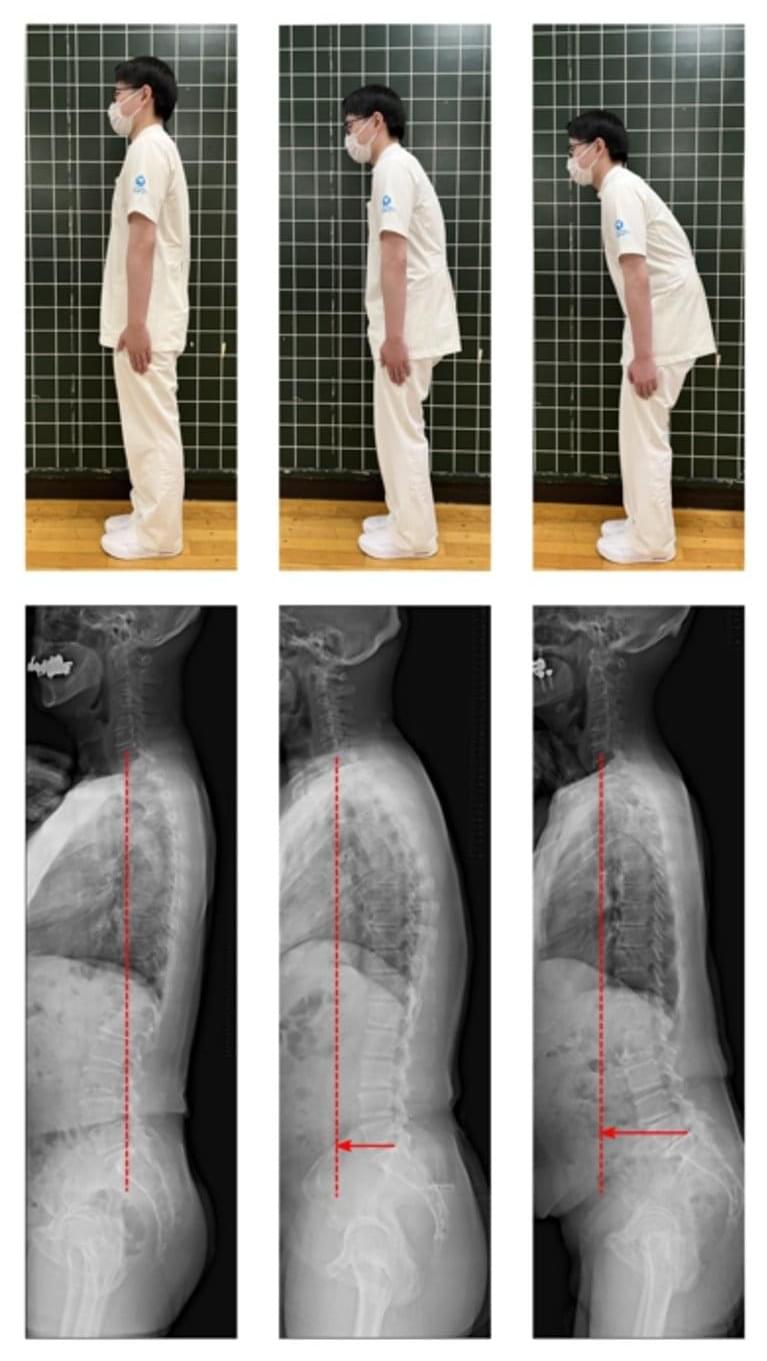
Summary: An older person’s posture may give clues to hidden cognitive decline, a new study reports.
Source: Shinshu University.
A mass survey of citizens aged 50 to 89 years examined whether cognitive decline could be detected by sagittal spinal balance measurement based on a radiological approach. Doctors from Shinshu University observed associations of sagittal vertical axis (SVA) anteriorization and higher age with lower cognitive function.
Cells not replaced, but old cells that are still there are rejuvenated.
Dr David Sinclair explains the mechanism behind how to reprogramm the old cells rejuvenate to be young again. He also clarify the process is based on cell autonomous effect and does not involve or rely on any stem cells in this clip.
David Sinclair is a professor in the Department of Genetics and co-director of the Paul F. Glenn Center for the Biology of Aging at Harvard Medical School, where he and his colleagues study sirtuins—protein-modifying enzymes that respond to changing NAD+ levels and to caloric restriction—as well as chromatin, energy metabolism, mitochondria, learning and memory, neurodegeneration, cancer, and cellular reprogramming.
Dr David Sinclair has suggested that aging is a disease—and that we may soon have the tools to put it into remission—and he has called for greater international attention to the social, economic and political and benefits of a world in which billions of people can live much longer and much healthier lives.
Dr David Sinclair is the co-founder of several biotechnology companies (Life Biosciences, Sirtris, Genocea, Cohbar, MetroBiotech, ArcBio, Liberty Biosecurity) and is on the boards of several others.
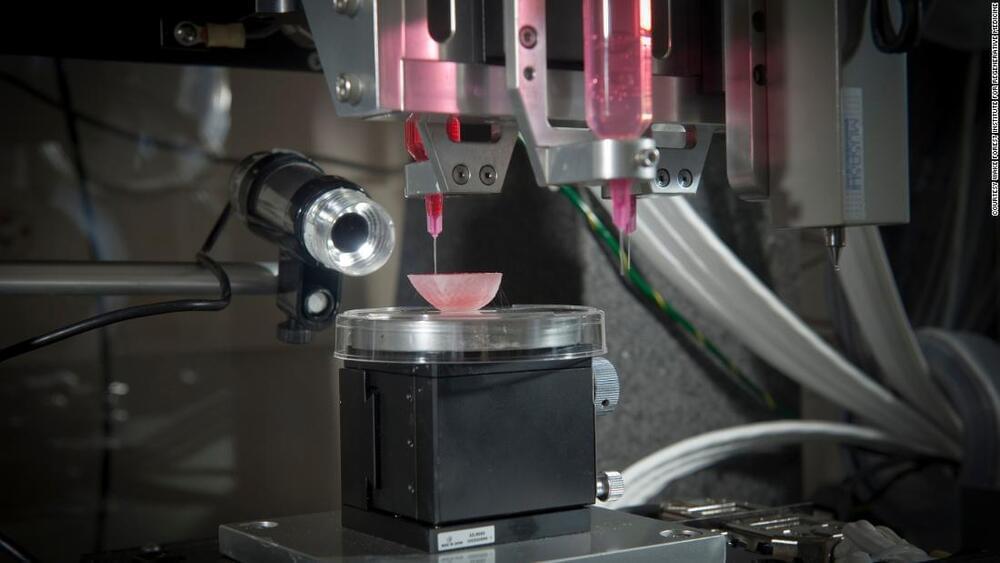
To begin the process of bioprinting an organ, doctors typically start with a patient’s own cells. They take a small needle biopsy of an organ or do a minimally invasive surgical procedure that removes a small piece of tissue, “less than half the size of a postage stamp,” Atala said. “By taking this small piece of tissue, we are able to tease cells apart (and) we grow and expand the cells outside the body.”
This growth happens inside a sterile incubator or bioreactor, a pressurized stainless steel vessel that helps the cells stay fed with nutrients – called “media” – the doctors feed them every 24 hours, since cells have their own metabolism, Lewis said. Each cell type has a different media, and the incubator or bioreactor acts as an oven-like device mimicking the internal temperature and oxygenation of the human body, Atala said.
“Then we mix it with this gel, which is like a glue,” Atala said. “Every organ in your body has the cells and the glue that holds it together. Basically, that’s also called ‘extracellular matrix.’”.
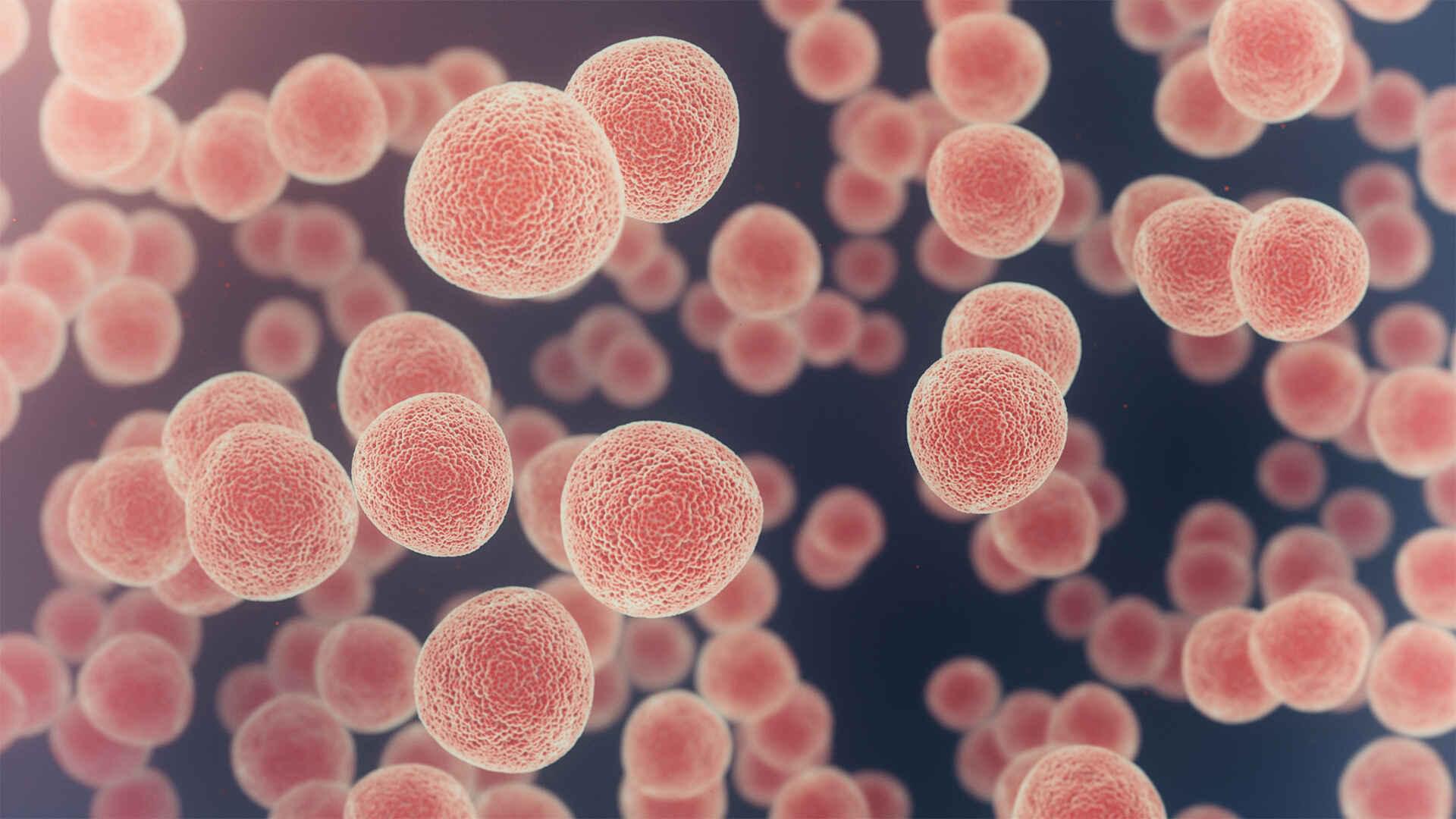
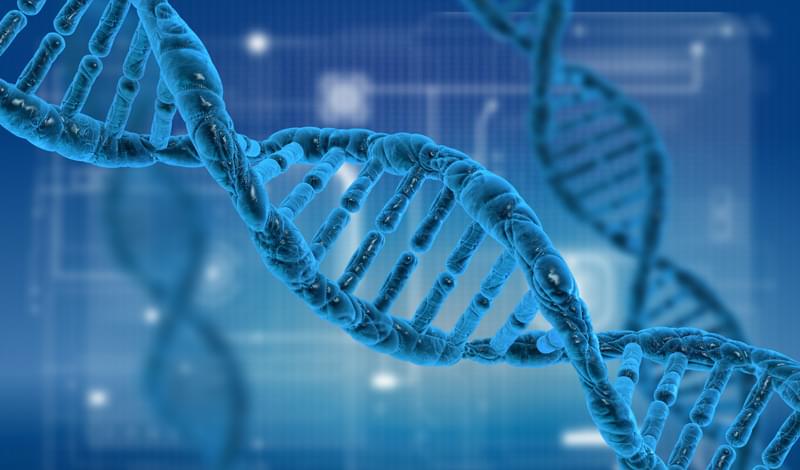
“When the Human Genome Project began in 1990, it had a projected budget of $3 billion. […] Now, one company claims to have achieved the major milestone of whole genome sequencing for just $100.”
Ultima Genomics, a biotech company based in California, has emerged from stealth mode with a new high-throughput, low-cost sequencing platform that it claims can deliver a $100 genome.
When the Human Genome Project began in 1990, it had a projected budget of $3 billion. Some researchers believed it would take centuries to map all 20,000+ genes and to determine the sequence of chemical base pairs making up DNA, though in the end it took 13 years. Since then, genome sequencing has undergone technology and cost improvements at a rate faster than Moore’s Law (a long-term trend in the computer industry that involves a doubling of performance every two years). What used to require billions of dollars and many years of work is now several orders of magnitude cheaper and possible in a matter of hours.
Companies like 23andMe and Ancestry.com have been offering DNA test kits at the consumer level. These can generate reports relating to a customer’s ancestry and genetic predispositions to health-related issues. While most people have opted for tests based on partial (i.e. incomplete) sequencing, the costs are now becoming so low that whole genome sequencing may soon be affordable. Veritas Genetics made headlines in 2016 by breaking the $1,000 barrier and in 2021 the price fell to $562.